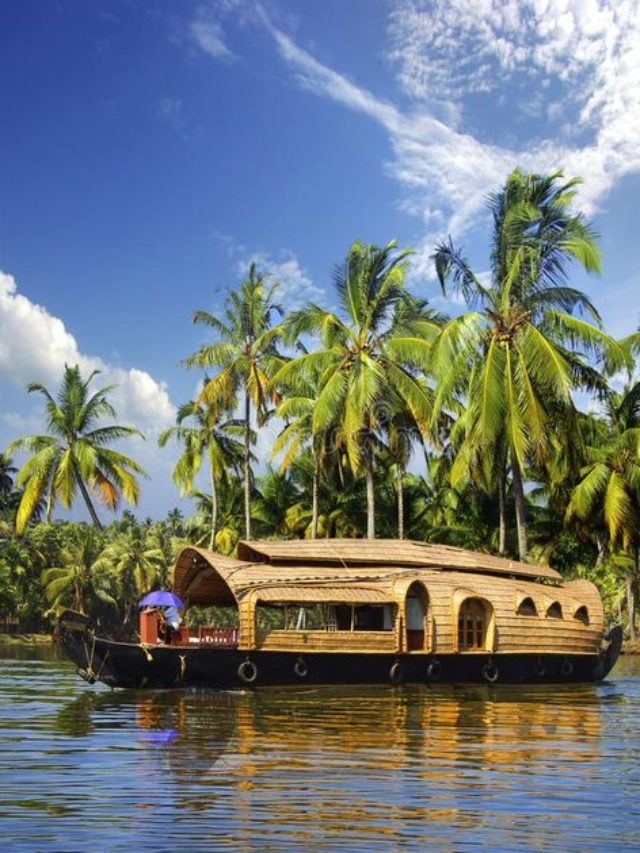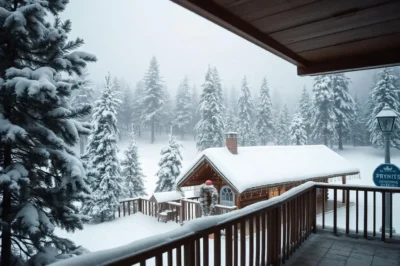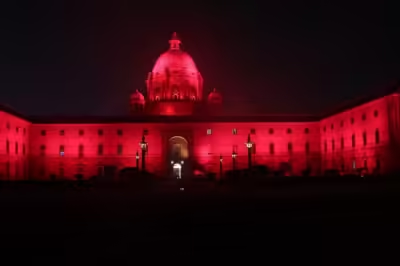Nestled in the heart of India’s cultural tapestry, Kerala’s murals are not just art; they are a vibrant echo of the past, encapsulating myths, legends, and traditions. These murals, found across temple walls and ancient edifices throughout Kerala, serve as both a mirror to a rich historical heritage and a bridge to contemporary artistic inspiration. But how significant are these murals in today’s rapidly modernizing society?
Deep Dive into Kerala Murals:
Kerala murals, known for their vivid depiction and intricate detail, date back to the 7th and 8th centuries, adorning the walls of temples, churches, and palaces throughout the state. These artworks are distinguished by their emphasis on beauty, clarity, and symmetry, characteristics derived from the ancient texts of Silparatna and Vastu Shastra.
Cultural Significance:
- Religious and Mythological Relevance: Most murals depict scenes from Hindu epics, such as the Ramayana and the Mahabharata, or the life of Gautama Buddha, integrating divine motifs with universal moral themes.
- Technique and Tradition: The creation of a Kerala mural involves meticulous techniques handed down through generations. The natural pigments and materials used, such as vegetable dyes and minerals, link them directly to the earth and the locale’s ecological heritage.
- Educational Value: Beyond their aesthetic appeal, these murals are educational. They are a visual tool through which stories of gods, goddesses, and heroes are told to the community, ensuring that these ancient tales continue to be a part of the collective memory.
Contemporary Relevance:
In the age of globalization, Kerala murals have witnessed a resurgence, not only as a means of preserving a cherished heritage but also as an inspiration for modern art and design. Contemporary artists are adapting the traditional motifs to fit modern tastes, thereby keeping the art form alive and vibrant.
Economic and Touristic Impact:
Kerala murals attract tourists from around the world, drawn by the allure of their history and the tranquility of their narratives. This interest boosts local economies and supports small communities by creating jobs related to tourism and art.
Conclusion:
Kerala murals stand as a testament to the enduring power of visual storytelling. They are a crucial part of Kerala’s identity, offering insights not only into the region’s artistic past but also into its spiritual and philosophical contemplations. As we delve deeper into understanding these murals, we uncover layers of knowledge and continuity that are as relevant today as they were centuries ago.
Join the Dialogue:
What role do you think Kerala murals play in today’s cultural landscape? Share your views by participating in our poll and contribute to the ongoing conversation about the preservation and evolution of traditional arts.




































































Leave a Reply